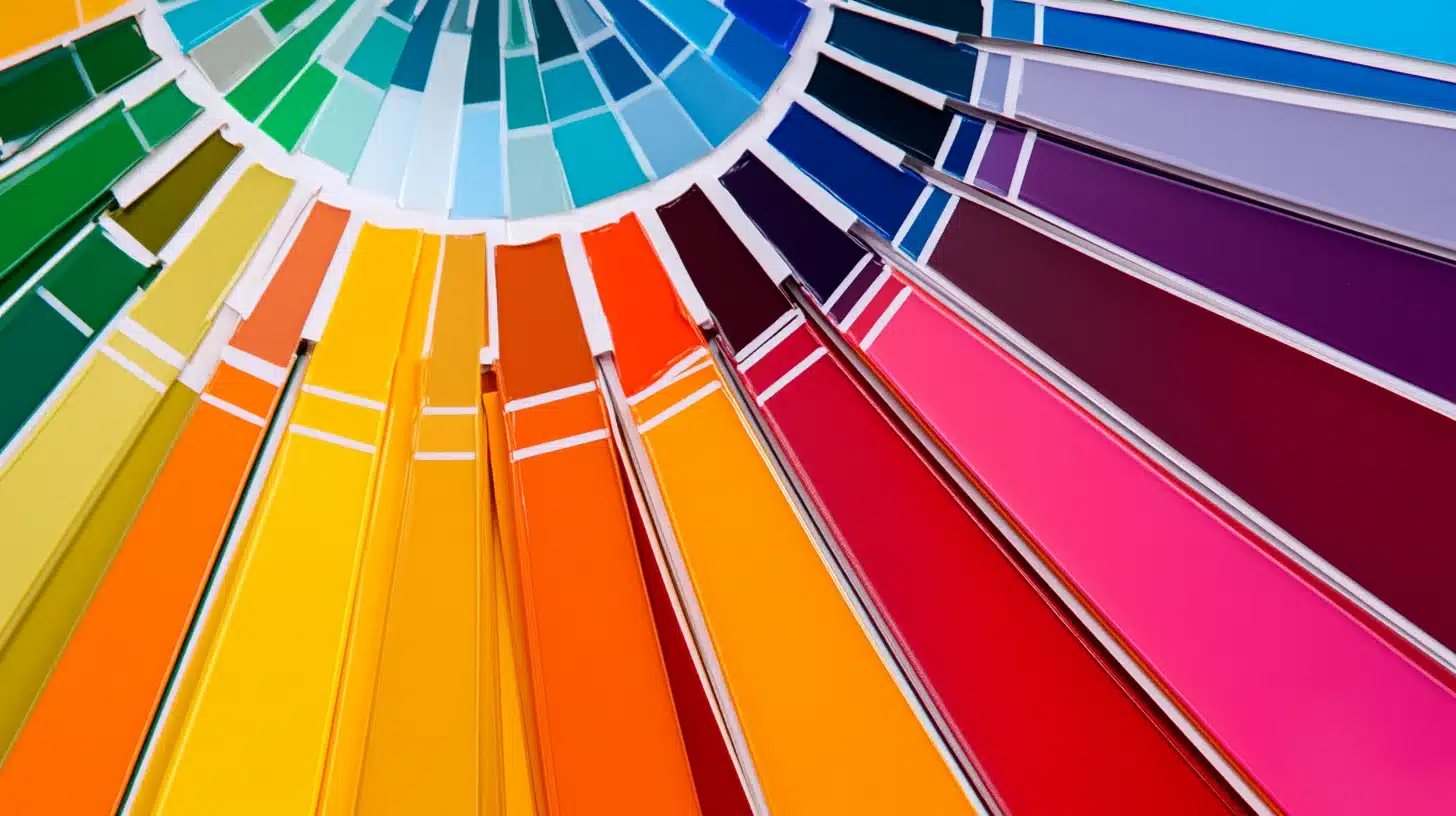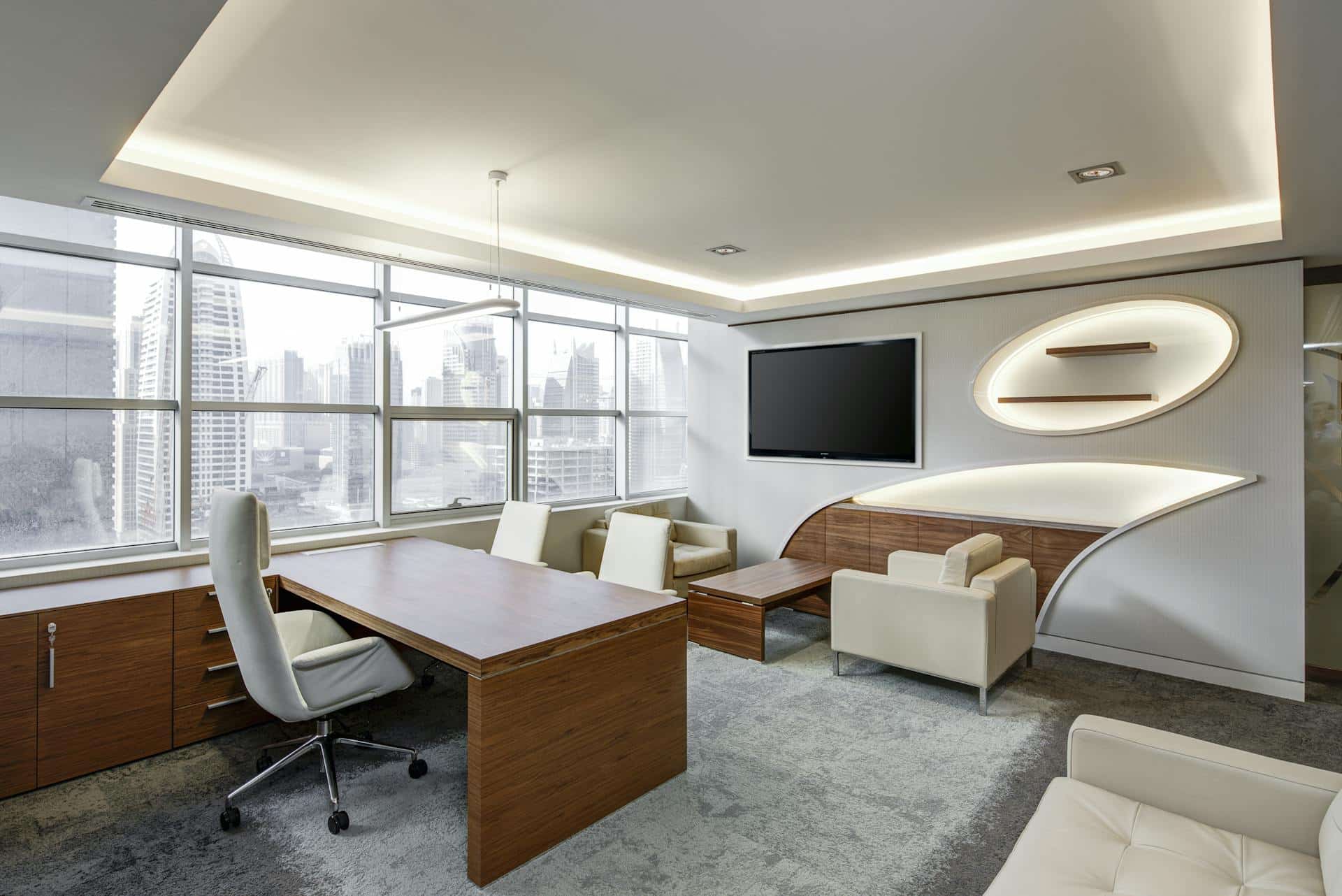Colors profoundly affect our emotions, moods, and behaviors. So, it’s important to pay attention to the psychological impact of paint colors during your next home painting project. The right paint color transforms the rooms in your home into lively, comfortable, and functional spaces.
Professional house painters understand the importance of selecting the perfect color palette for one’s home that matches their taste and enhances the ambiance and functionality of their sanctuary. In this article, we will explore how you can transform your home with color psychology.
Color Psychology Uncovered
Color psychology refers to the way colors impact your perception, attitude, and behavior on a psychological level. Different wavelengths of light have subtle effects on your nervous system and trigger biochemical reactions that influence emotions and physiology.
Color psychology principles go far beyond selecting individual colors. Interior designers rely on color psychology to craft cohesive color schemes that create harmony, flow, and purpose throughout your home. If you are having your home painted by professional painters, you can choose from three types of color schemes:
- Analogous Color Schemes
Analogous schemes use colors that lie next to each other on the color wheel to create an aesthetically pleasing and harmonious ambiance. Use these color schemes to create a calm and relaxing space.
- Monochromatic Color Schemes
Such schemes involve using different shades and tones of a single color. Monochromatic schemes bring elegance and allow for a strong focal point or accent color.
- Complementary Color Schemes
Complementary colors sit opposite to one another on the color wheel. They create a striking contrast when paired together. Complementary schemes evoke a sense of energy and dynamism in your living spaces.
Primary Colors
The three foundational colors on the color wheel, red, blue, and yellow, are called primary colors. Here is an overview of the psychological effects of these colors.
- Red:
Red is an emotionally intense color that symbolizes passion, energy, excitement, heat, power, and love. It can stimulate appetite and conversation. Painting with the color red can be used to accent your dining room or kitchen but should be used moderately in your bedroom and other relaxing spaces.
- Blue:
Blue is the color of tranquility and trust. It exudes calmness, productivity, and serenity. Blue inspires clear thinking and concentration, so some designers recommend using darker shades of blue in the office and living rooms and lighter hues in bedrooms and bathrooms.
- Yellow:
The uplifting color yellow brings warmth, optimism, and happiness. It is an excellent choice for kitchens and living rooms. But avoid using too much yellow in your bedroom since it is overstimulating and can affect your sleep.
Secondary and Tertiary Colors
Secondary colors like green, orange, and purple are obtained by mixing primary colors with each other, whereas tertiary colors are derived by mixing primary colors with a secondary shade.
- Orange:
Orange represents fun, creativity, and enthusiasm. While softer tones like terracotta and peach infuse happiness, the darker hues have a stimulating effect. Orange suits entertainment areas like living rooms. However, it can be a bit overstimulating for your bedroom.
- Purple:
This color symbolizes royalty, wealth, spirituality, and elegance. Lighter shades like lavender have a tranquil quality and provide a soothing effect for your living spaces. They can be used in bedrooms. Darker shades of purple add a touch of sophistication to the living spaces.
- Green:
Green is a symbol of nature that reflects growth, balance, and environmental awareness. It is a versatile color that can be used in kitchens, bedrooms, and living rooms.
Neutral Colors
Neutral colors impact your mood and ambience without being intense.
- White:
White creates feelings of cleanliness and simplicity. White works well in minimalistic designs, but too much white can feel sterile. That is why white can be used in combination with bright colors. Crisp whites are a good choice for kitchens, bathrooms, and laundry rooms.
- Gray:
The gray color is all about sophistication and serenity. Lighter shades of gray can bring calmness to any space, while darker shades add the depth and richness required for creating a formal and sophisticated environment.
- Beige:
Beige has a reputation for dullness, but its cozy appeal is irresistible. Soft tans make your rooms appear bigger than they usually are. Warm beige tones exude a sense of familiarity and belonging.
Tips for Choosing the Perfect Paint Palette for Your Home
Here are some tips you can follow while choosing the right colors for your home:
Identify the Room’s Function and Atmosphere
Before choosing a color for a room in your home, think about the intended use of the room and the mood or the atmosphere you want to create. For instance, choose a relaxing and calming color palette for your bedrooms and bathrooms and opt for bright colors like orange or yellow for your living room.
Consider Color Temperature
Color temperature means the psychological impact of colors on our perception of coolness or warmth. Orange, red, and yellow are warm colors that make your living space cozy. Cool colors like blue and green create a calm and tranquil environment.
Use the 60-30-10 Rule
A rule of thumb you can follow while selecting your color palette is the 60-30-10 rule. According to this rule, 60% of your room should be a dominant color, 30% should be a secondary color, and 10% should be an accent color. In this way, you can maintain balance and visual interest in your living space.
Test Paint Colors
Paint colors appear different under different lighting and on different surfaces. Test the paint color you select on the actual surface before making a final choice so that the final result meets your expectations.
The Role of House Painters in Color Selection
Partnering with an expert company for your home painting project can bring a lot of benefits. Have a look at some of them:
Personalized Consultation
Expert house painters work closely with you to understand your vision, taste, and personal priorities. After learning about the type of environment you want to create in each room, they help you through the color selection process.
In-Depth Knowledge
Professional painters have a deep understanding of the various colors’ psychological effects. They can help you select minimalistic, harmonious, and elegant hues for your sanctuary with their extensive knowledge of analogous, complementary, and monochromatic color schemes.
Flawless Execution
Skilled professionals with perfect paint application bring your vision to life and provide a polished, lasting finish that you can enjoy for years to come.
Quality Materials
Apart from bringing skill and expertise, reputed painters guarantee the use of high-quality primers and paints for your home. They promise durability, expertise, and craftsmanship.
Consult House Painters for Selecting the Perfect Color Palette for Your Home
Color psychology plays a major role in transforming your living space according to your taste. Different colors have a different impact on the ambiance inside your home.
Some add a sense of tranquility and relaxation, while others give a creative and lively spark to your living space. Painters can help you choose the right color palette for your home with their expertise and knowledge of color psychology.








